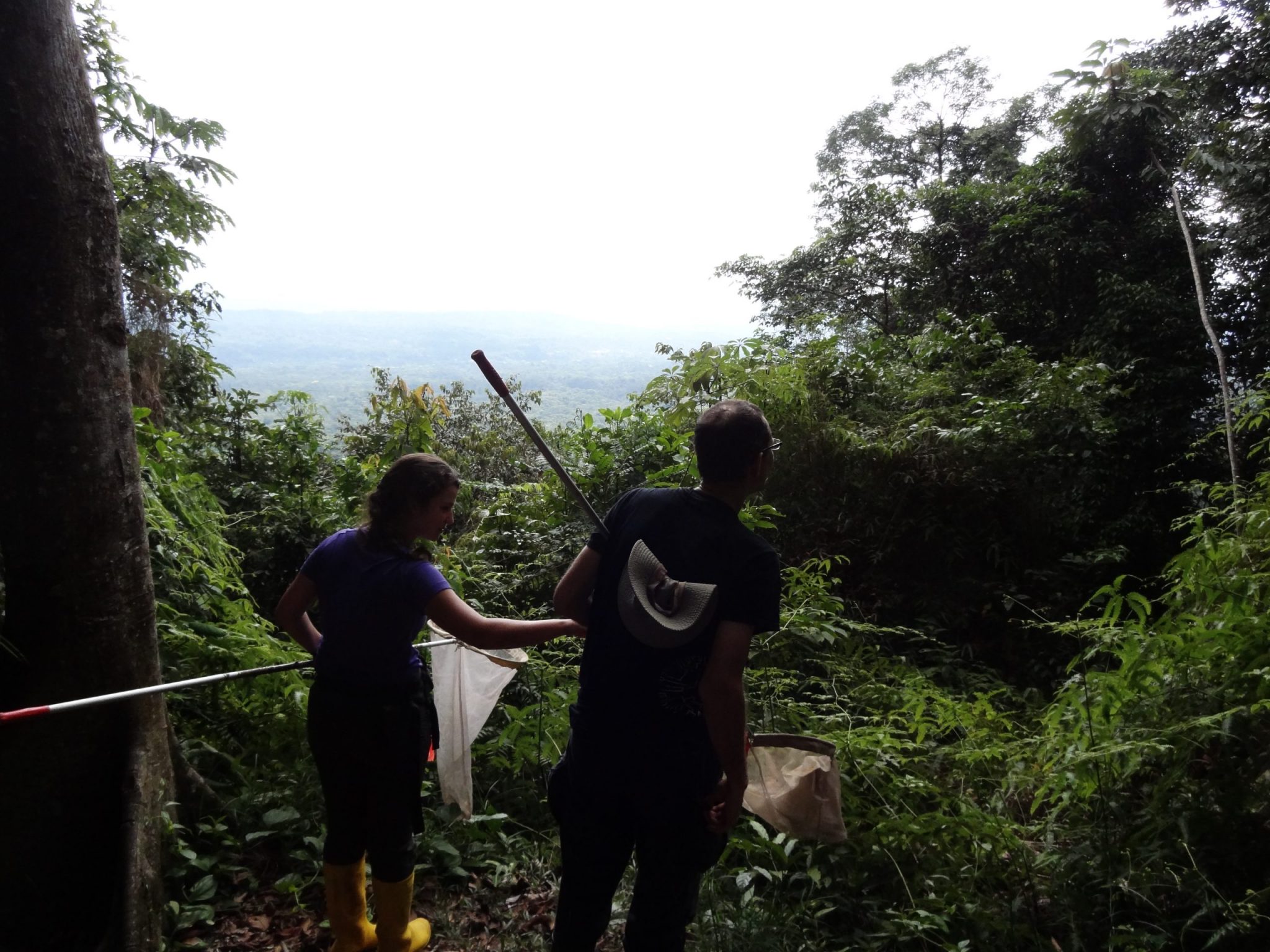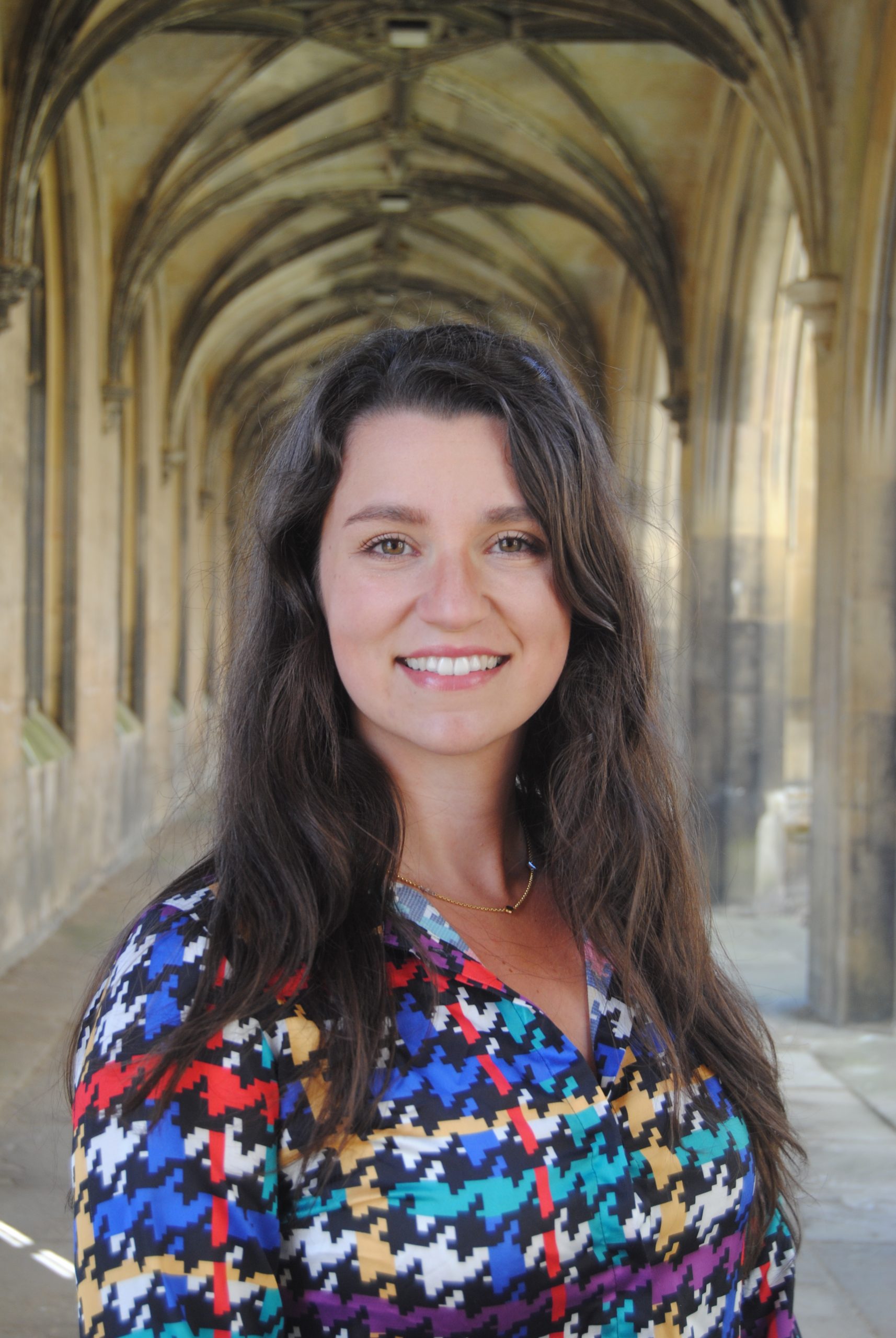While extinctions are being recorded at a faster rate than ever before, our knowledge of the factors that allow some species to succeed and others to fail in a given environment remains extremely limited.
My long-term goal is to learn about the mechanisms and traits that enable rapid adaptation and the consequences for population viability in the wild.
Parallel adaptation, whereby independent lineages adapt to similar conditions with similar phenotypes, has been observed widely across the animal kingdom. Studying it can provide insights into the predictability of evolution. My PhD work shed light on the traits and genetics that have allowed some butterfly species of the Heliconius genus to repeatedly adapt to high altitudes in the Andes. I discovered that both plastic and genetic traits are essential for adapting to mountains and that connectivity between populations and hybridisation with other species provide the raw genetic material necessary for adaptation to take place. Overall, we showed the importance of leveraging ecology, evolution, and genetics to gain insights into the traits and mechanisms that enable local adaptation to the environment.
In line with the aim of SciLifeLab of conducting multidisciplinary and data-driven research, I plan to combine genomics, ecology, and natural history to determine the key factors facilitating rapid adaptation in nature. I will use biocontrol programs in the South Pacific and adaptation to climate change in a Californian butterfly as study systems. In doing so, my research will bridge the gap between a mechanistic understanding of evolution and its potential to predict biodiversity’s future in a changing planet.

